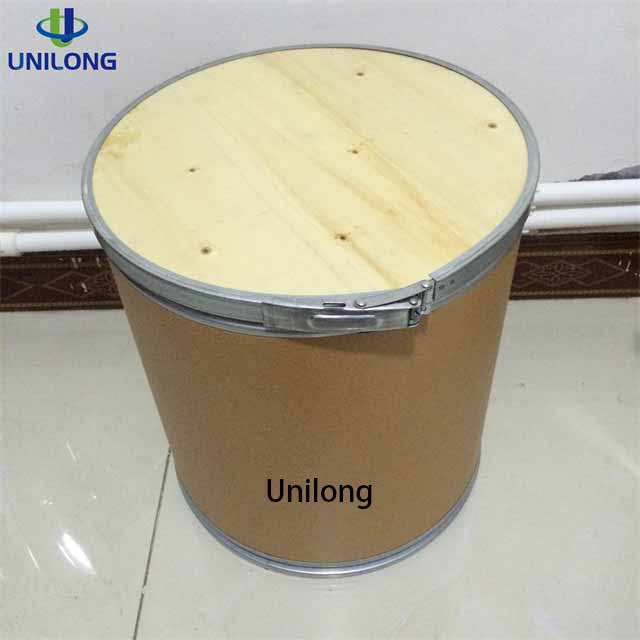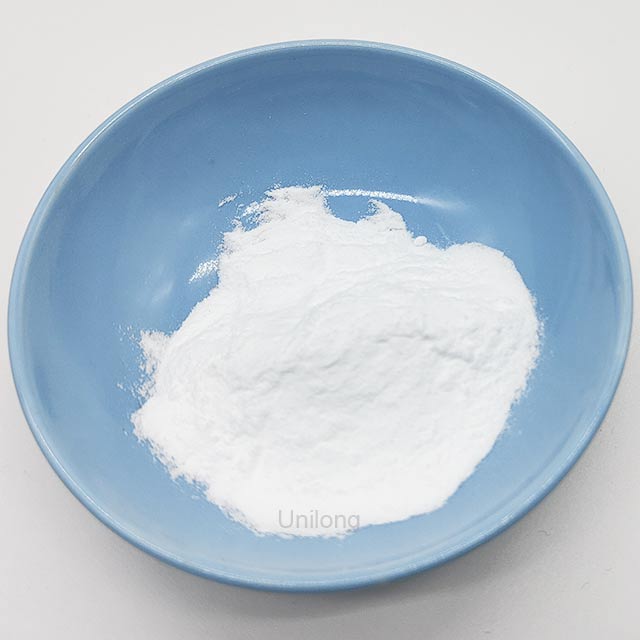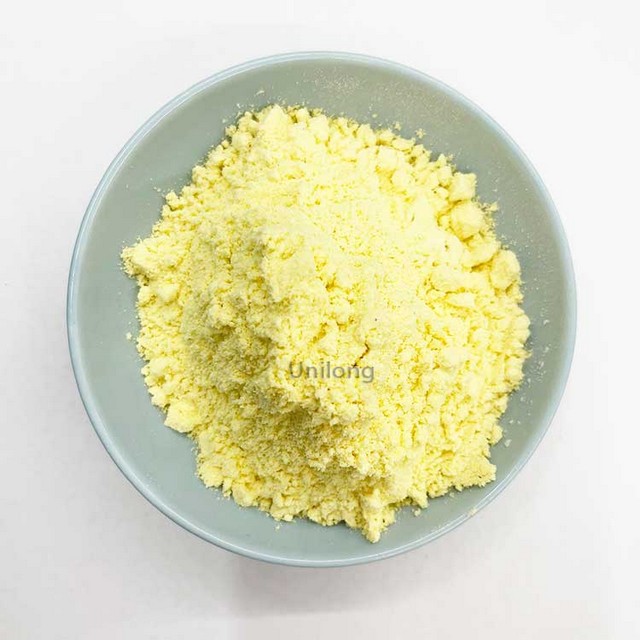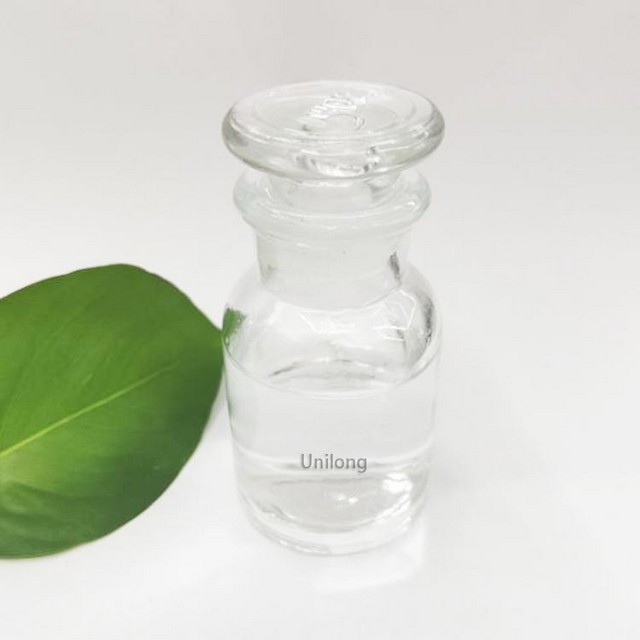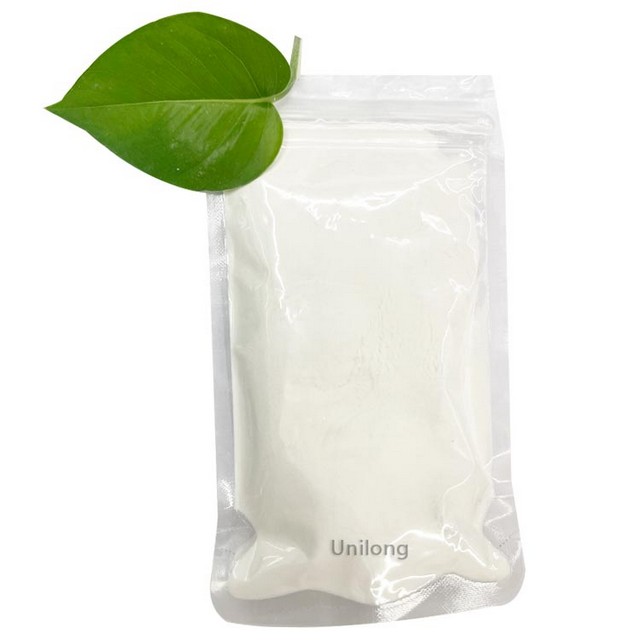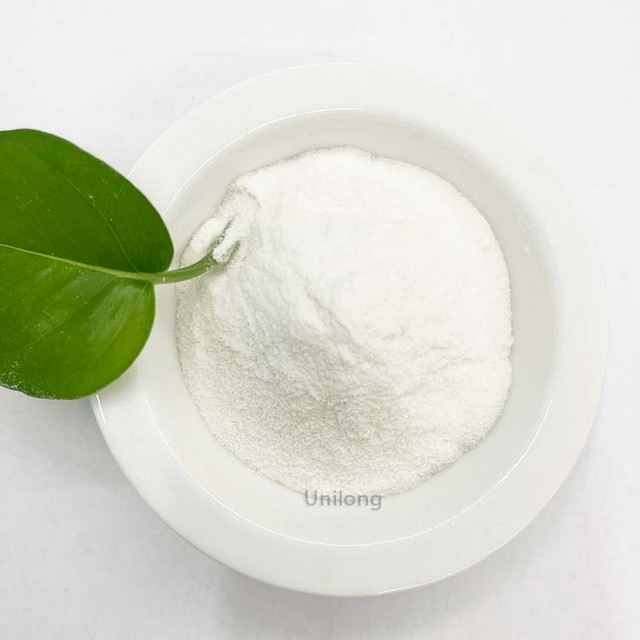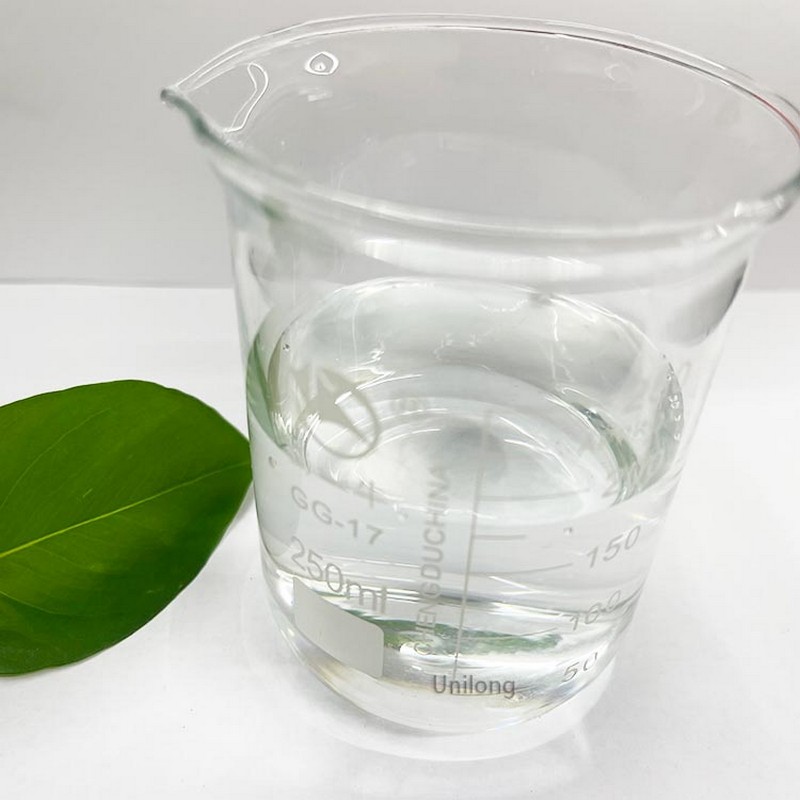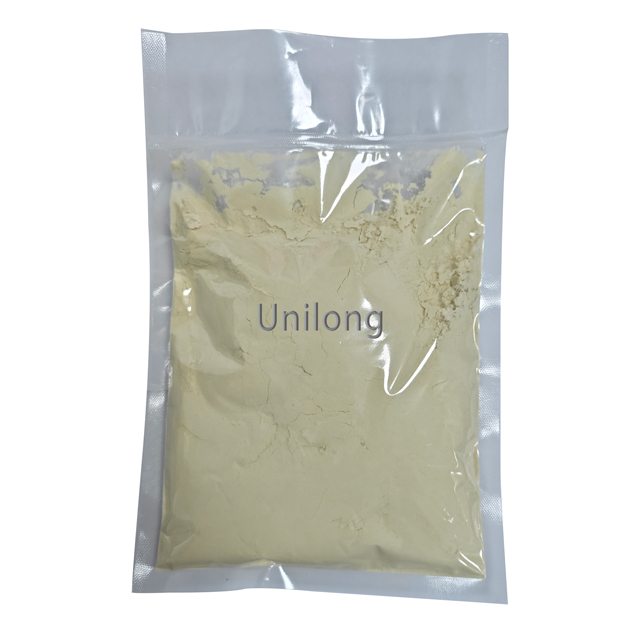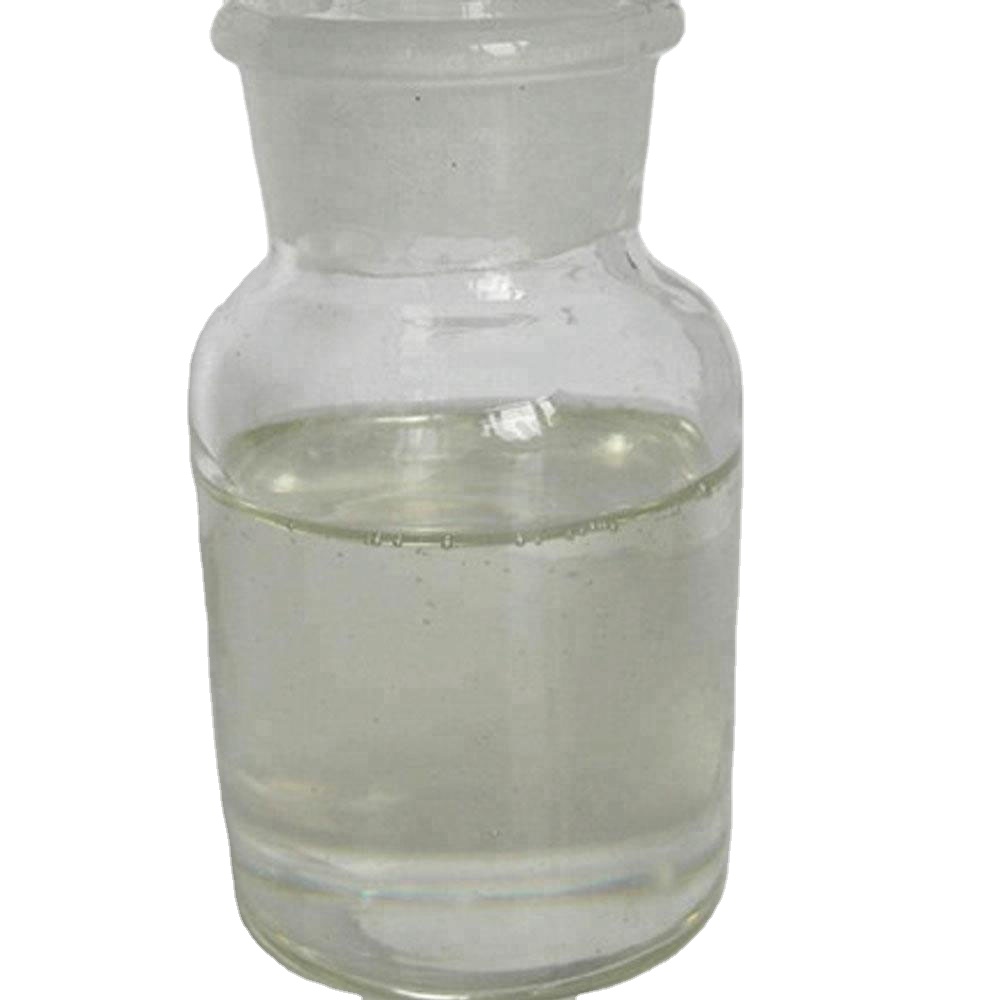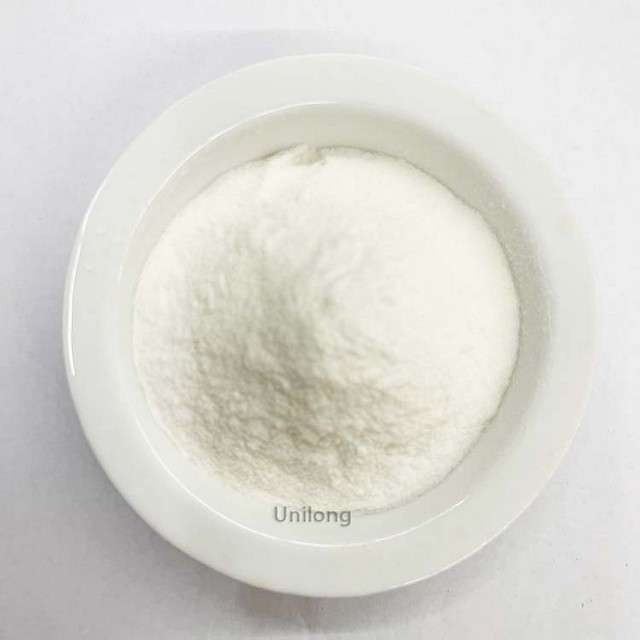CAS:147-85-3
Fórmula Molecular:C5H9NO2
Peso Molecular:115.13
EINECS:205-702-2
Synonyms:H-L-PRO-OH; H-PYRD(2)-OH; H-PRO-OH; L-2-PYRROLIDINECARBOXYLIC ACID; L-PYRROLIDINE-2-CARBOXYLIC ACID; L-PRO; L(-)-PROLINE; L-PROLINE; (S)-(-)-PYRROLIDINE-2-CARBOXYLIC ACID; (S)-PYRROLIDINE-2-CARBOXYLIC ACID
¿qué es de L-Prolina con CAS 147-85-3?
L-Prolina se utiliza asimétrica como catalizadores en síntesis orgánica y asimétrica aldólicas de ciclación. Está implicado en la adición de Michael de dimetil metiliden a alfa-beta-aldehídos insaturados. Es un precursor de la hidroxiprolina en el colágeno. Es un componente activo del colágeno y de los implicados en el buen funcionamiento de las articulaciones y los tendones. Encuentra usos en la industria farmacéutica, biotecnológica aplicaciones debido a su osmoprotectant de la propiedad. Además, se utiliza con la ninhidrina en la cromatografía.
Embalaje
Por lo general lleno en 25kg/drum,y también se pueden hacer paquetes personalizados.

Sinónimos
H-L-PRO-OH; H-PYRD(2)-OH; H-PRO-OH; L-2-PYRROLIDINECARBOXYLIC ACID; L-PYRROLIDINE-2-CARBOXYLIC ACID; L-PRO; L(-)-PROLINE; L-PROLINE; (S)-(-)-PYRROLIDINE-2-CARBOXYLIC ACID; (S)-PYRROLIDINE-2-CARBOXYLIC ACID

